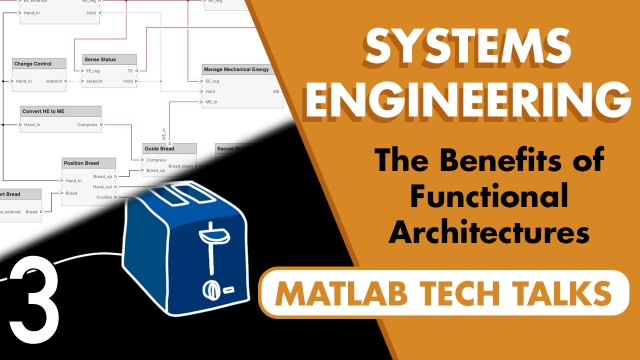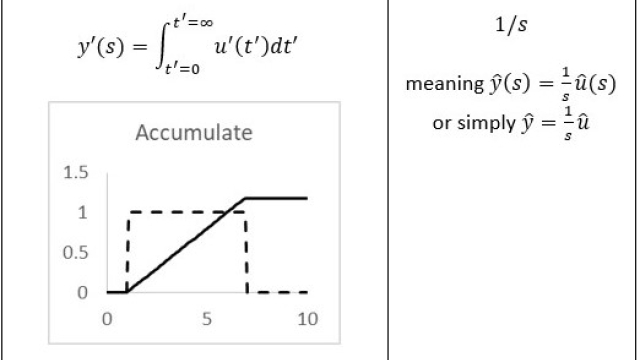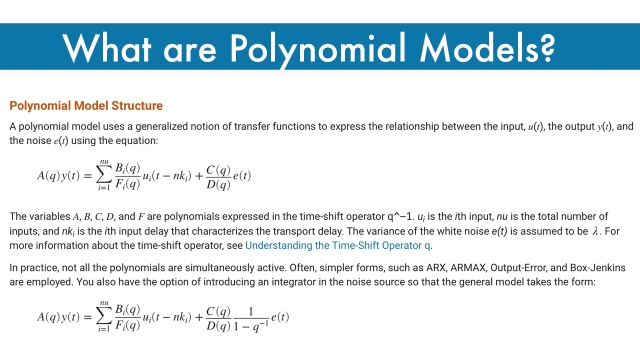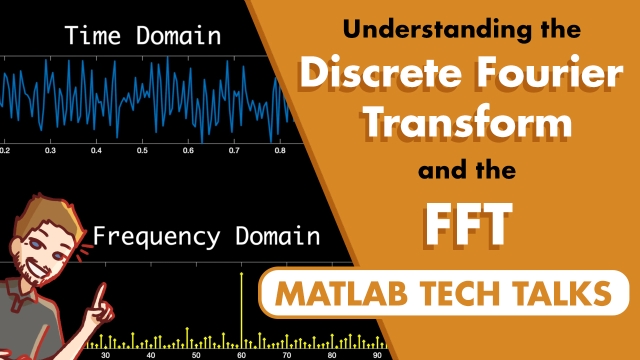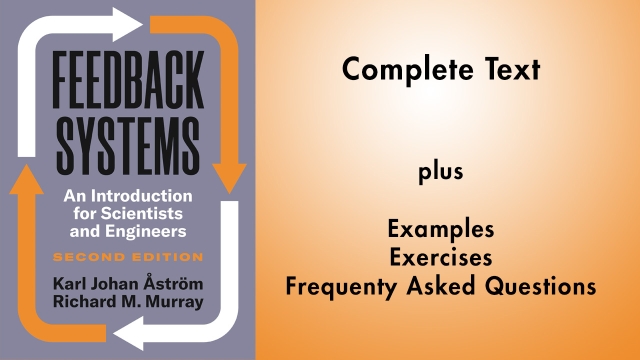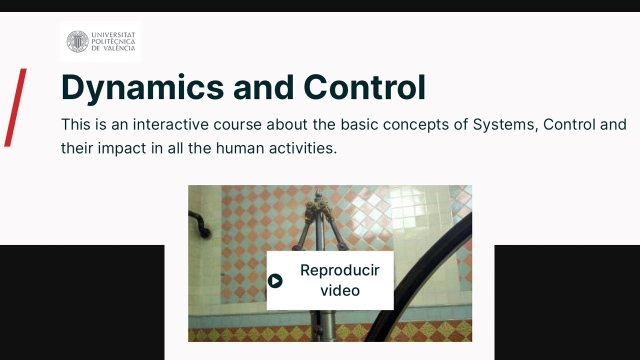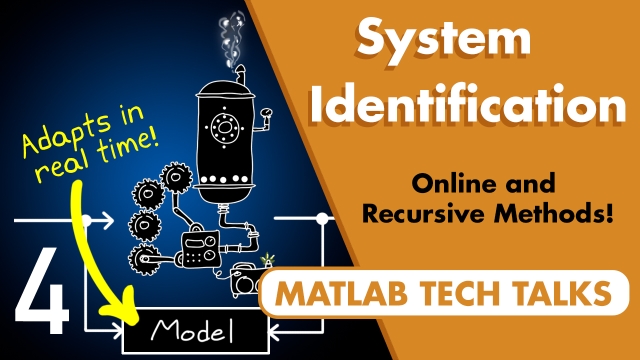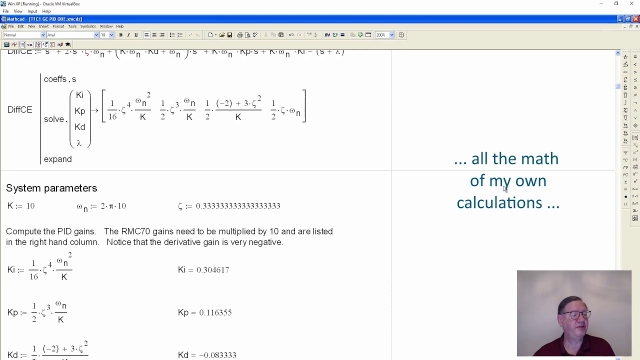
The Institute for Systems Theory and Automatic Control MATLAB Apps
The Institute for Systems Theory and Automatic Control offers 5 Matlab Apps on the topics of the Nyquist Criterion, Robustness and Stability, Loopshaping, Controllability and Observability...
See MoreRadar Systems Engineering MATLAB Documentation and Examples
The functions in this section give you the MATLAB tools needed to evaluate the performance of a radar system. You can use the radar equation to evaluate the radar received signal-to-noise...
See MoreRADAR Engineering
Radar technology is used widely today. The principles involved are very fundamental and every engineering student studies them at least once. This playlist covers Radar Engineering for an EE...
See MoreSystems Engineering, Part 1: What Is Systems Engineering?
This video covers what systems engineering is and why it’s useful. We will present a broad overview of how systems engineering helps us develop complex projects that meet the program...
See MoreHow Simulations Work
This article sets out the critical aspects of building good simulations — that is, simulations that are accurate, easy to develop and analyze, and fast. The first sections deal with how a...
See MoreCreating Discrete-Time Models
This MATLAB example shows how to create discrete-time linear models using the tf, zpk, ss, and frd commands.
Understanding Kalman Filters, Part 5: Nonlinear State Estimators
This video explains the basic concepts behind nonlinear state estimators, including extended Kalman filters, unscented Kalman filters, and particle filters.
A Kalman filter is only defined...
See MoreGuaranteed Margins for LQR Regulators
John Doyle's famous paper! He presents a counterexample that shows that are no guaranteed margins for LQG systems.
See MoreArtificial Intelligence
This lecture discusses artificial intelligence (AI) in the context of data science and machine learning.
See MoreDiscrete control #6: z-plane warping and the bilinear transform
We’re continuing our journey through discrete control and in this video, we’re going to expand our understanding of the bilinear transform. Along the way, we’ll learn about how this...
See MoreMachine Learning & Text Processing Lectures
This is the video lecture collection by Victor Lavrenko.
See MoreControl Systems in Practice, Part 4: Why Time Delay Matters
Time delays exist in two varieties: signal distorting delays, like phase lag, in which each frequency is delayed by a different amount of time, resulting in a distorted signal shape; and non...
See MorePerspectives on Control-Relevant Identification Through the Use of Interacti...
This paper presents a control-relevant identification methodology through an intuitive interactive tool called "Interactive Tool for Control Relevant Identification (ITCRI)". ITCRI...
See MoreUsing Simscape™ to Model a Quanser QUBE-Servo 2 with Friction
Modelling a DC servomotor is one of the common examples used in control system textbooks and courses. Given that so many systems use DC motors, e.g. robot manipulator arms, it’s an important...
See MoreNyquist Stability Criterion, Part 2
An explanation of the Nyquist Stability Criterion part 2. This video steps through the how to sketch a Nyquist plot by hand, what to do if there are open loop pools on the imaginary axis...
See MoreHow Kalman Filters Work, Part 1
This article looks at four popular estimation filter architectures: particle filter, sigma point filter, extended Kalman filter, and the Kalman filter. It discusses how all four of these...
See MoreInverted Pendulum on a Cart [Control Bootcamp]
In this video, we introduce an example system to control: an inverted pendulum on a cart. We describe the state-space, find the fixed points, and simulate the system in Matlab. Because the...
See MoreSystems Engineering, Part 3: The Benefits of Functional Architectures
Functional, logical, and physical architectures are important tools for designing complex systems. We describe what architectures are and how they contribute to the early stages of a project...
See MoreNo! Not Laplace Transforms
In my 13-year industrial career, I never used Laplace transforms. However, transfer functions and block diagram notation are efficient methods to describe dynamic behaviors, and are often...
See MoreWhat are Polynomial Models?
This Mathworks page provides an overview of polynomial models.
See MoreUnderstanding the Discrete Fourier Transform and the FFT
The discrete Fourier transform (DFT) transforms discrete time-domain signals into the frequency domain. The most efficient way to compute the DFT is using a fast Fourier transform (FFT)...
See MoreFeedback Systems: An Introduction for Scientists and Engineers
This is the wiki for the text Feedback Systems (second edition) by Karl J. Åström and Richard M. Murray. On this resource you will find the complete text of the book as well as additional...
See MoreedX course: Dynamics and Control
This is an interactive course about the basic concepts of Systems, Control and their impact in all the human activities. First, the basic concepts of systems, dynamics, structure and control...
See MoreOnline and Recursive System Identification | System Identification, Part 4
Online system identification algorithms estimate the parameters and states of a model as new data is measured and available in real-time or near real-time. Brian Douglas covers what online...
See MorePeter Ponders PID - Introduction
The purpose of this video is to inform the viewer about what to expect. My videos go much deeper than the typical videos. They are geared for graduate st...
See More
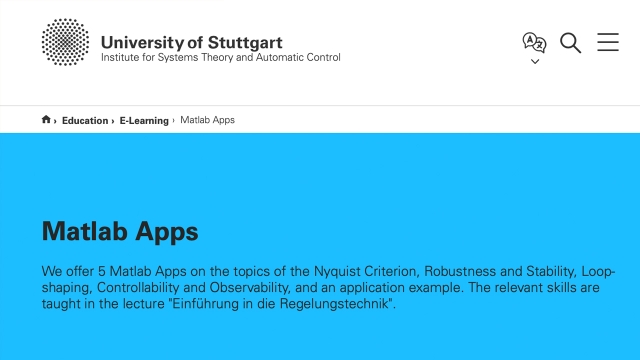
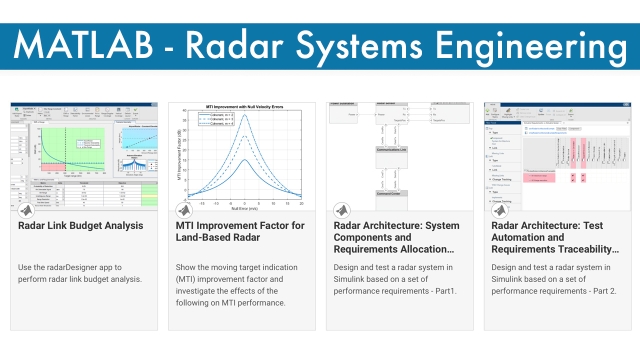

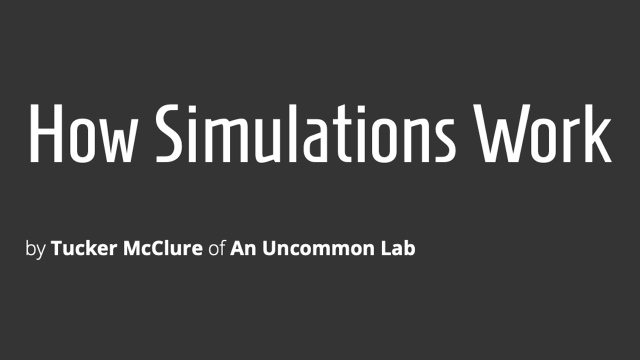



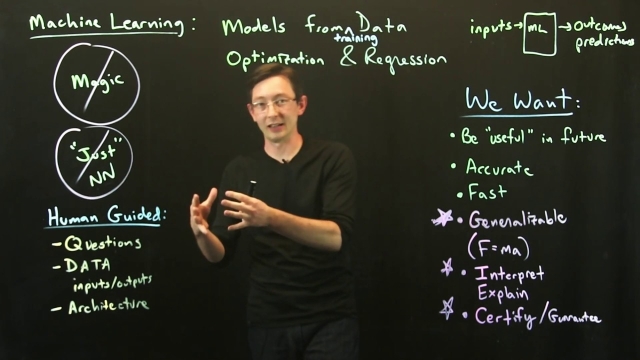
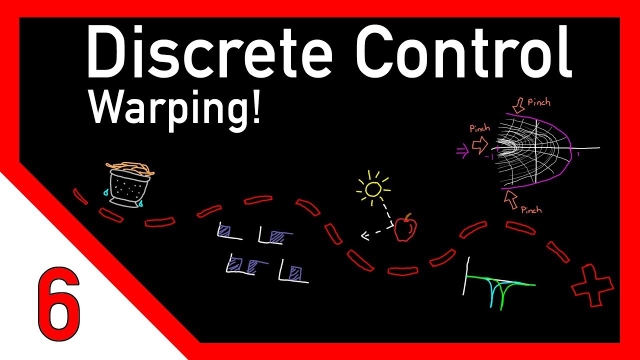
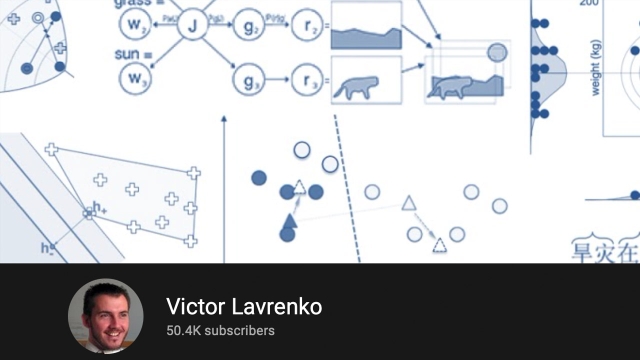
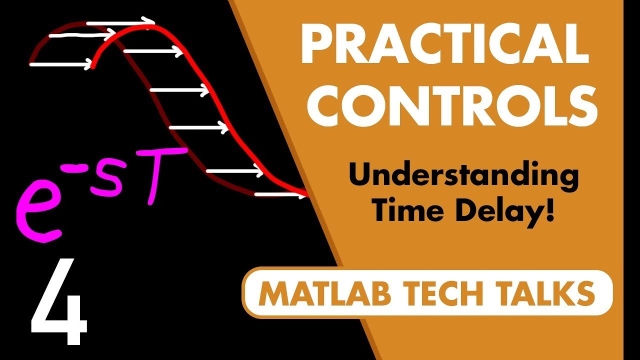
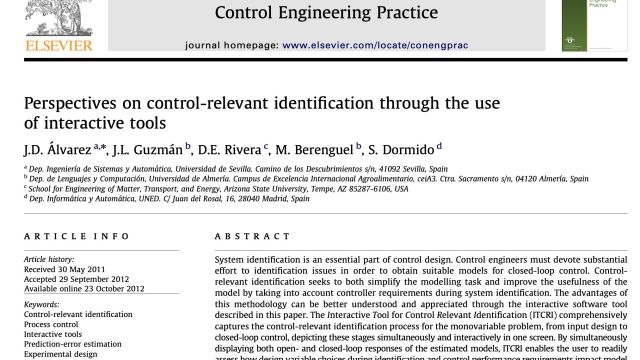
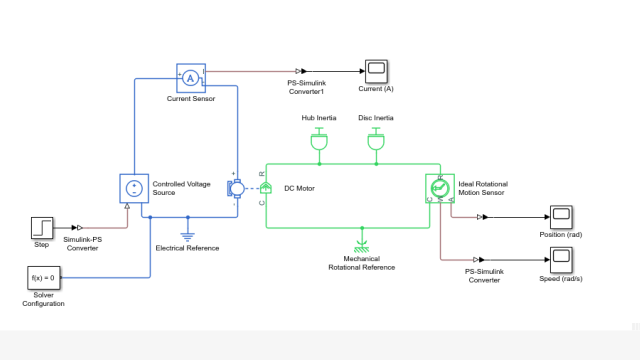
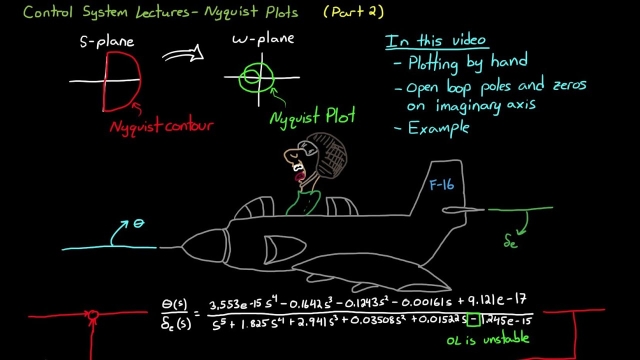

![Inverted Pendulum on a Cart [Control Bootcamp] Inverted Pendulum on a Cart [Control Bootcamp]](/sites/default/files/styles/search_resulkts/public/2020-12/maxresdefault_377.jpg?itok=1srGYhtD)
